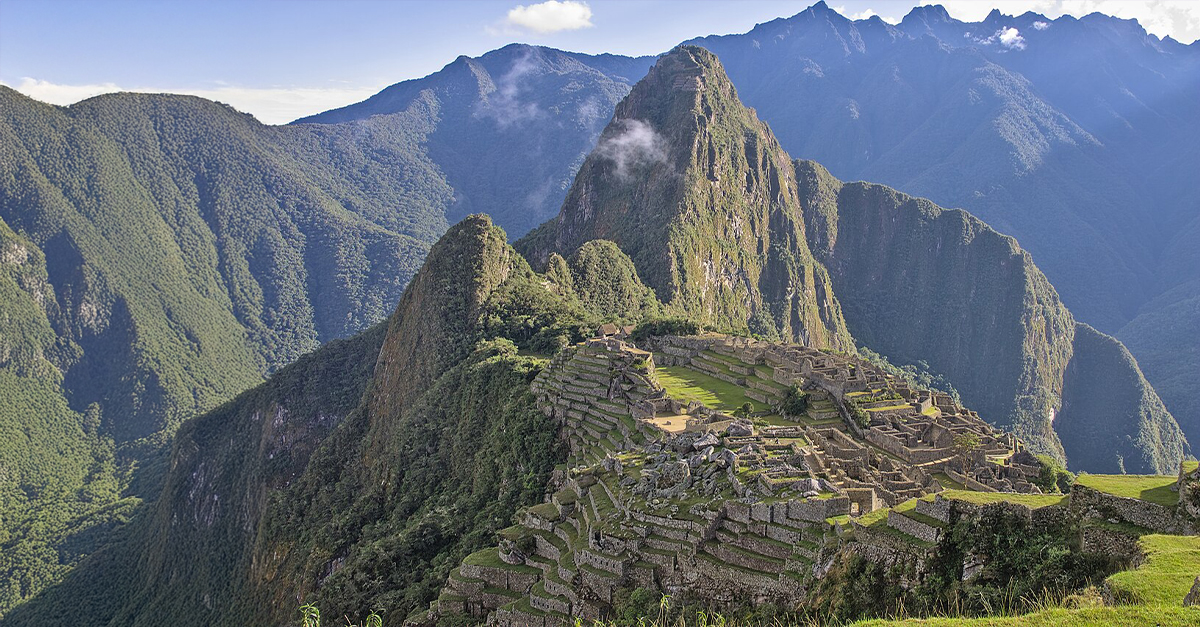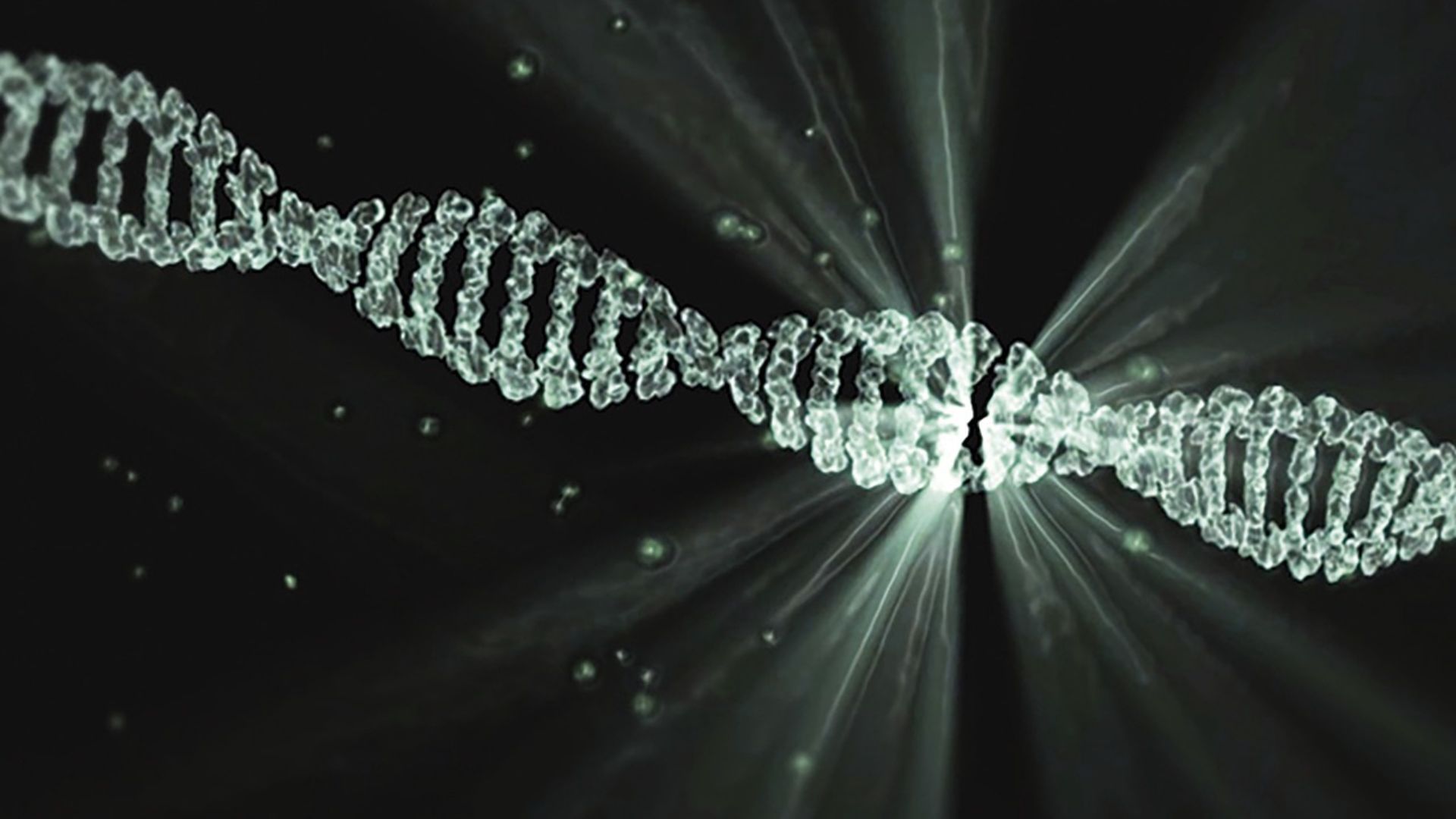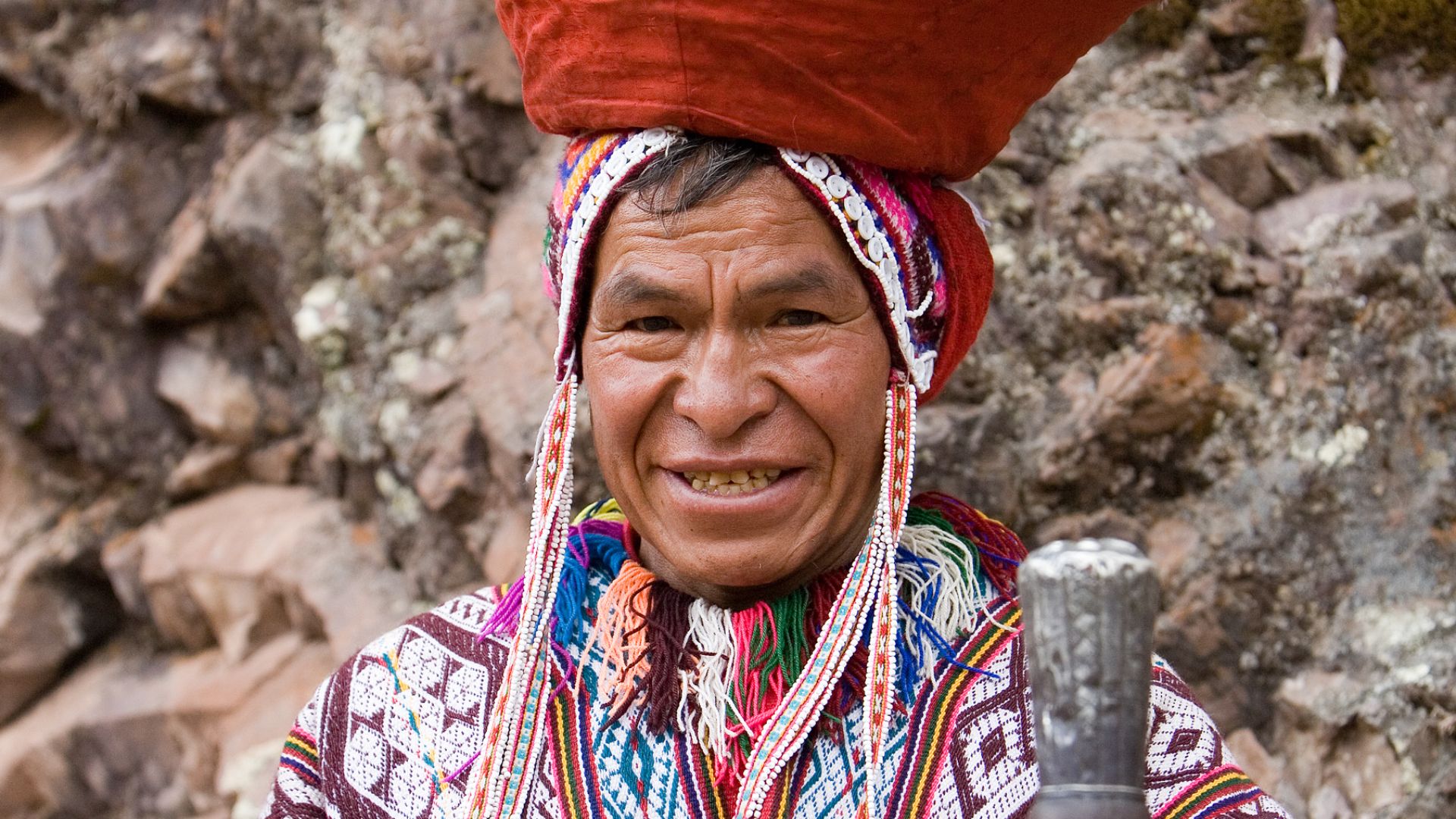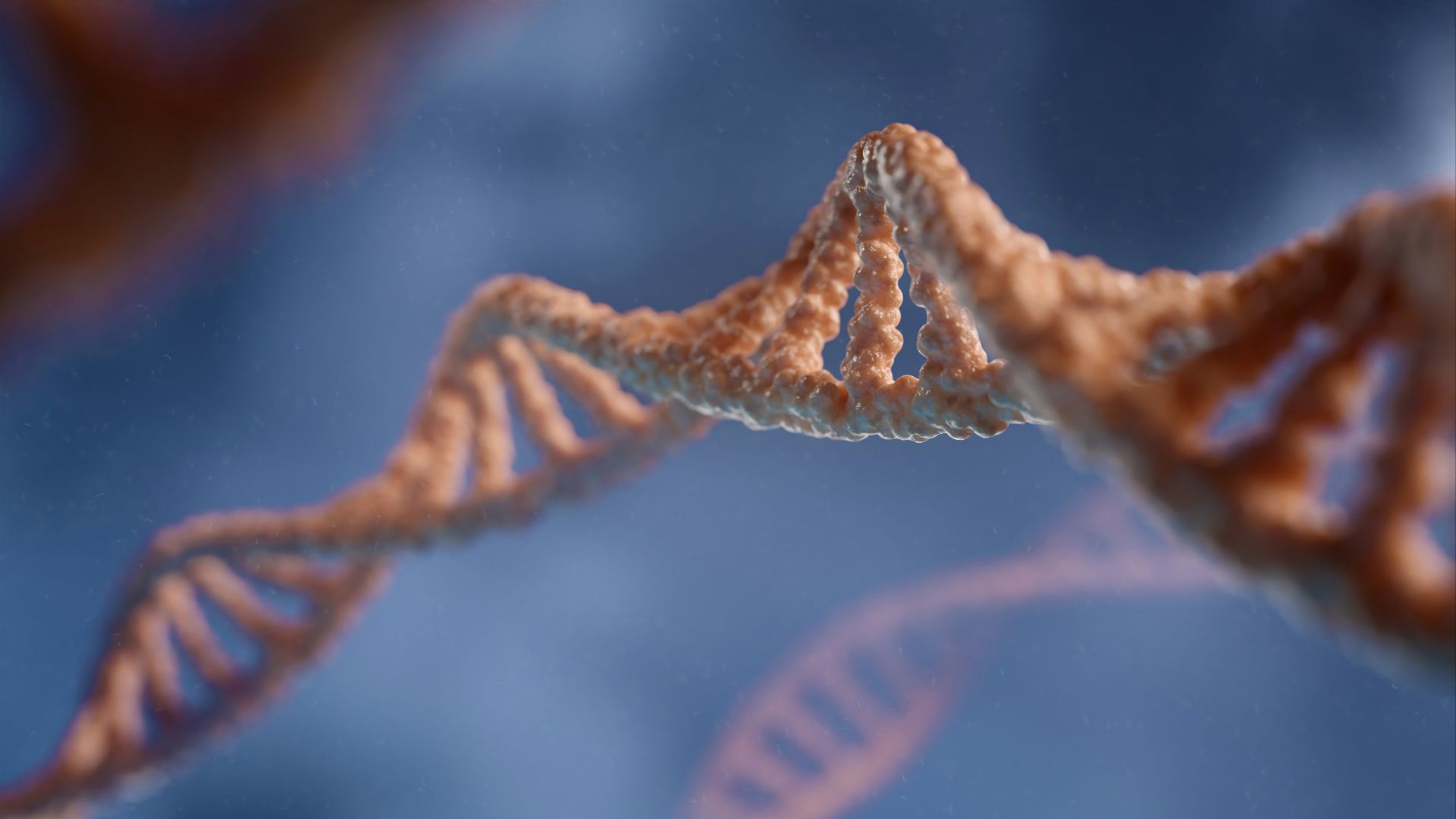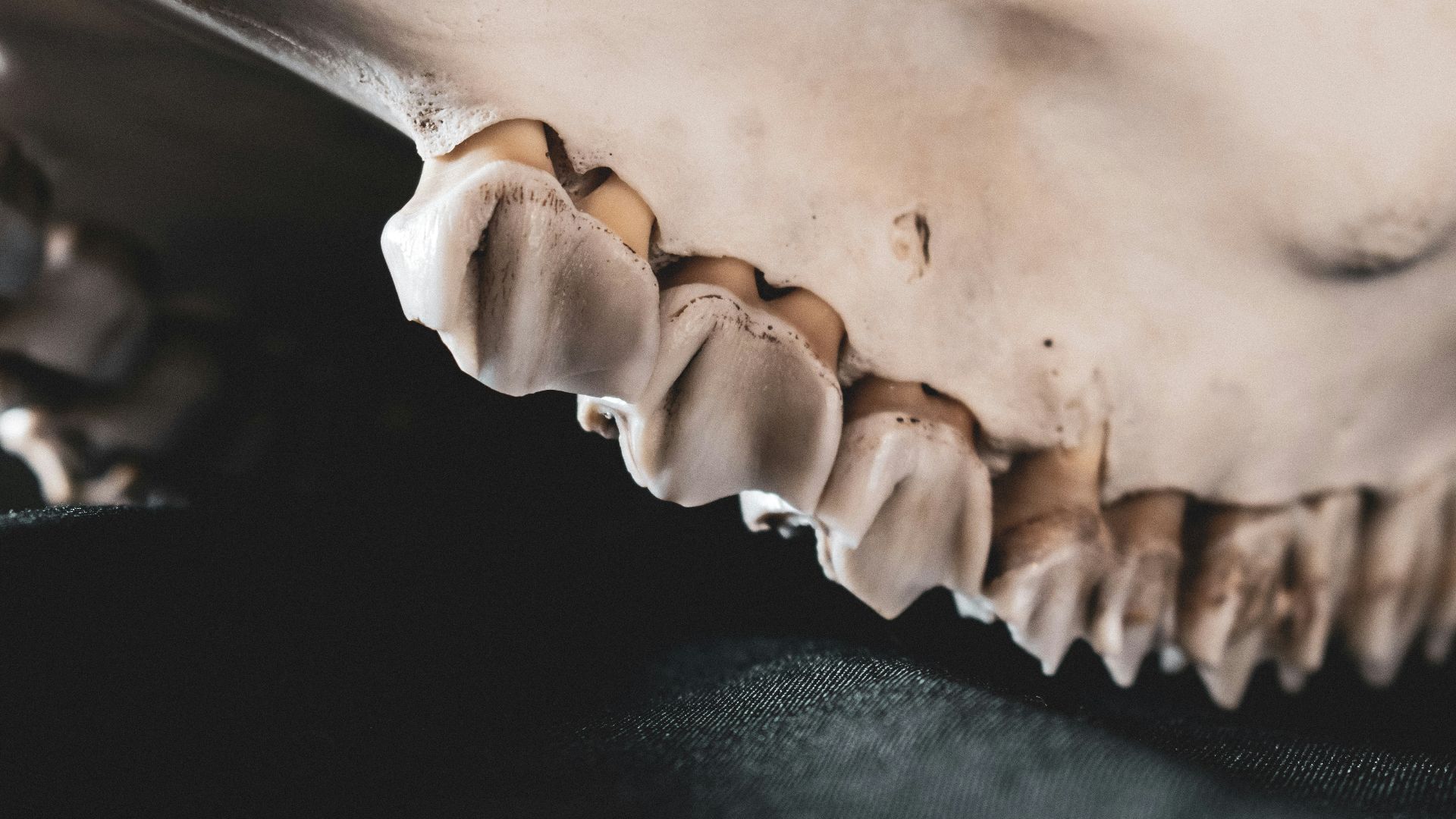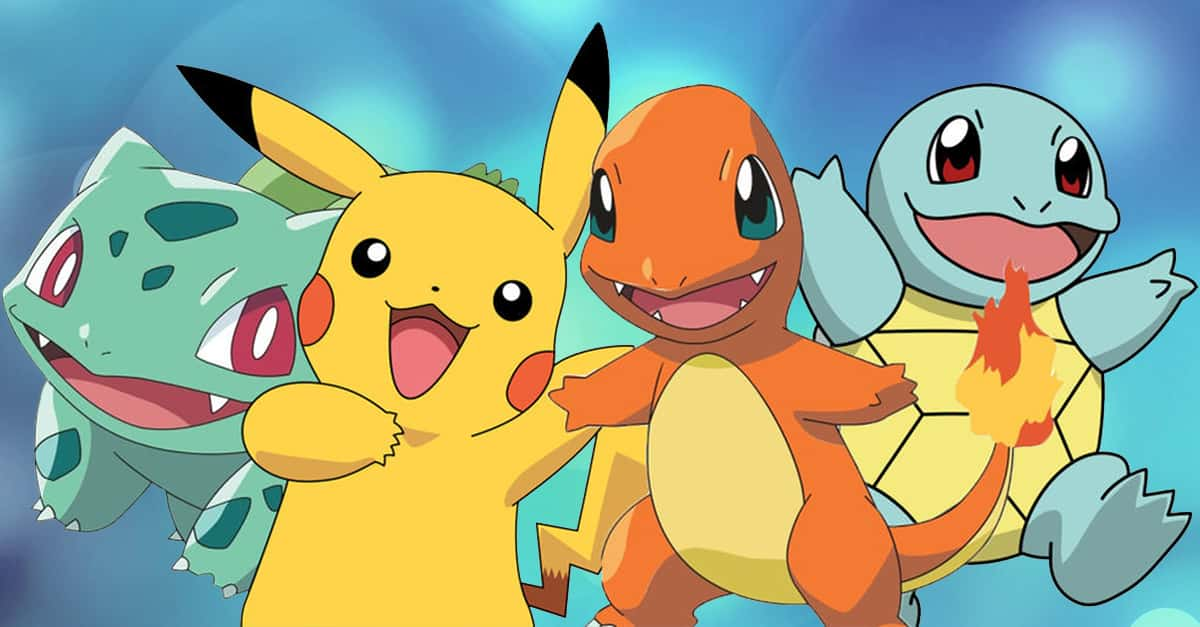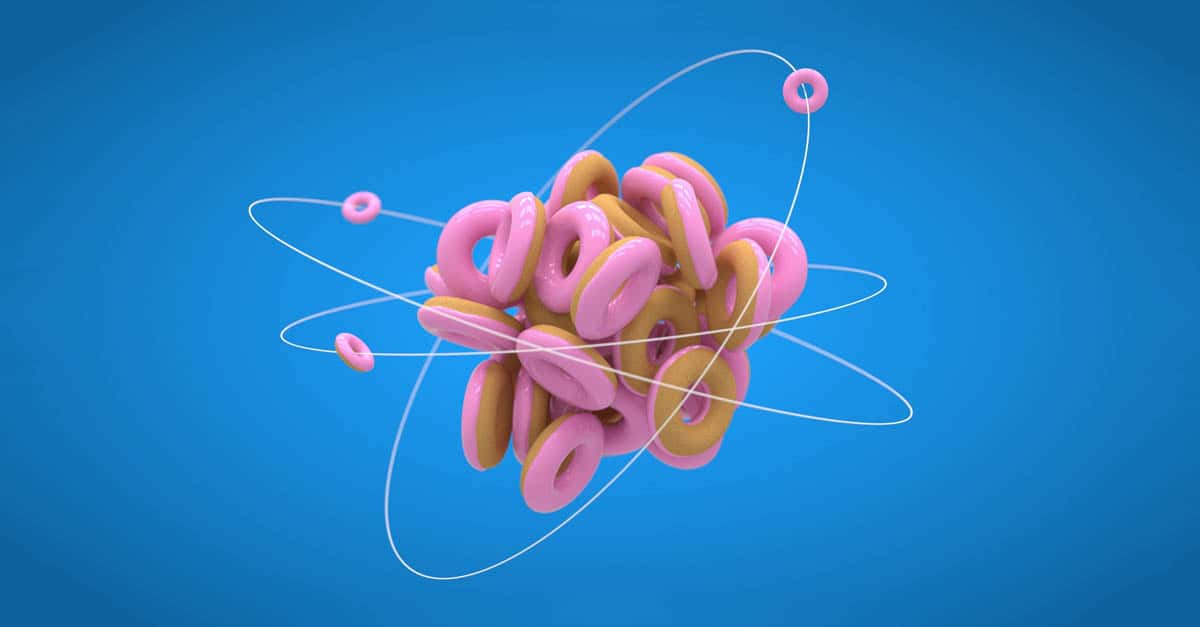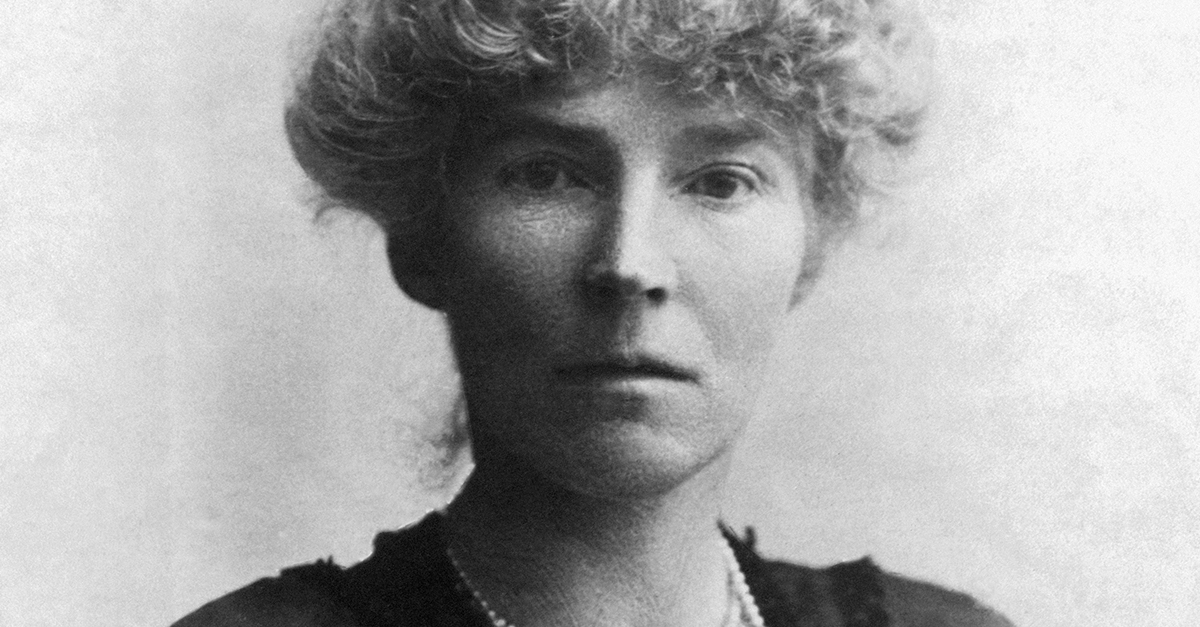An Amazing New View Of An Ancient People
For the first time, genome-wide ancient DNA has revealed who lived, worked, and died at the incredible Inca mountaintop site of Machu Picchu. These findings offer new perspectives on migration, empire, and social identity in the Inca world, blending the very latest ideas of archaeology and genetics in a new, innovative way.

Retainers, Not Royals
Researchers sequenced DNA from 34 individuals buried near Machu Picchu. Evidence shows these people were retainers, not nobles, who served the royal estate. Their remains provide a direct window into the lives of the people who inhabited and maintained this mountain citadel.
Diverse Origins Across The Empire
Genetic results showed that Machu Picchu’s inhabitants came from distant corners of the Inca realm, including the high Andes, Pacific coast, and Amazon basin. This suggests extensive and restless movement of people in the period of imperial rule.
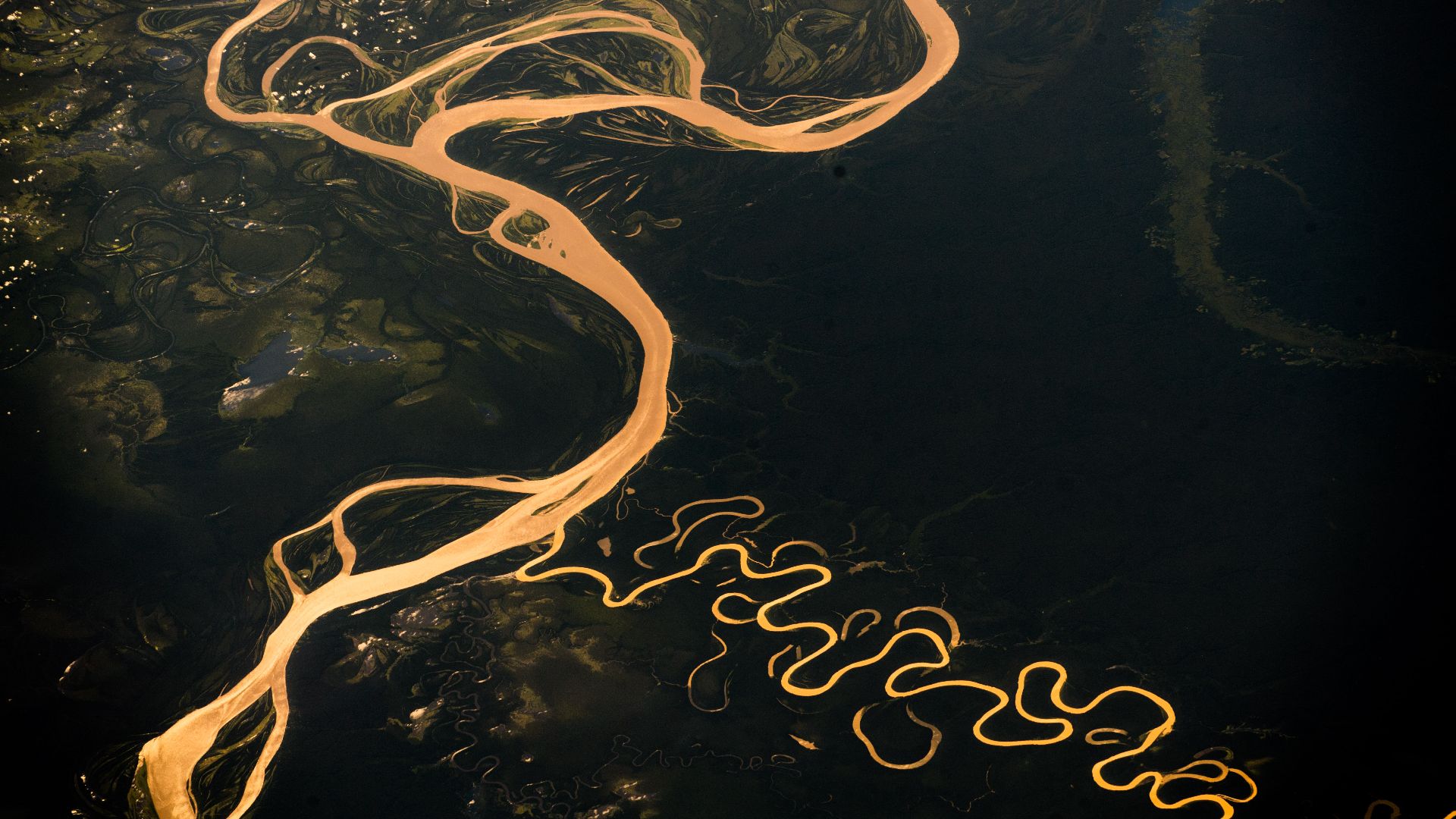 Alexander Gerst, Wikimedia Commons
Alexander Gerst, Wikimedia Commons
Unexpected Amazonian Links
Many individuals carried an Amazonian ancestry, demonstrating the strong cultural and biological ties between Andean peoples and those of lowland jungle regions. The existing models of Inca expansion and trade had previously underestimated this connection.
Handpicked Individuals, Not Families
This study revealed few genetic relatives among the retainers, meaning that they were recruited individually rather than relocated as families. This system put a premium on allegiance to the empire rather than kinship bonds.
Burials Without Genetic Segregation
The 34 burials showed no grouping or organization by ancestry or region. People of many different origins were interred together, which suggests that social and occupational identities took precedence over ethnicity or lineage at Machu Picchu.
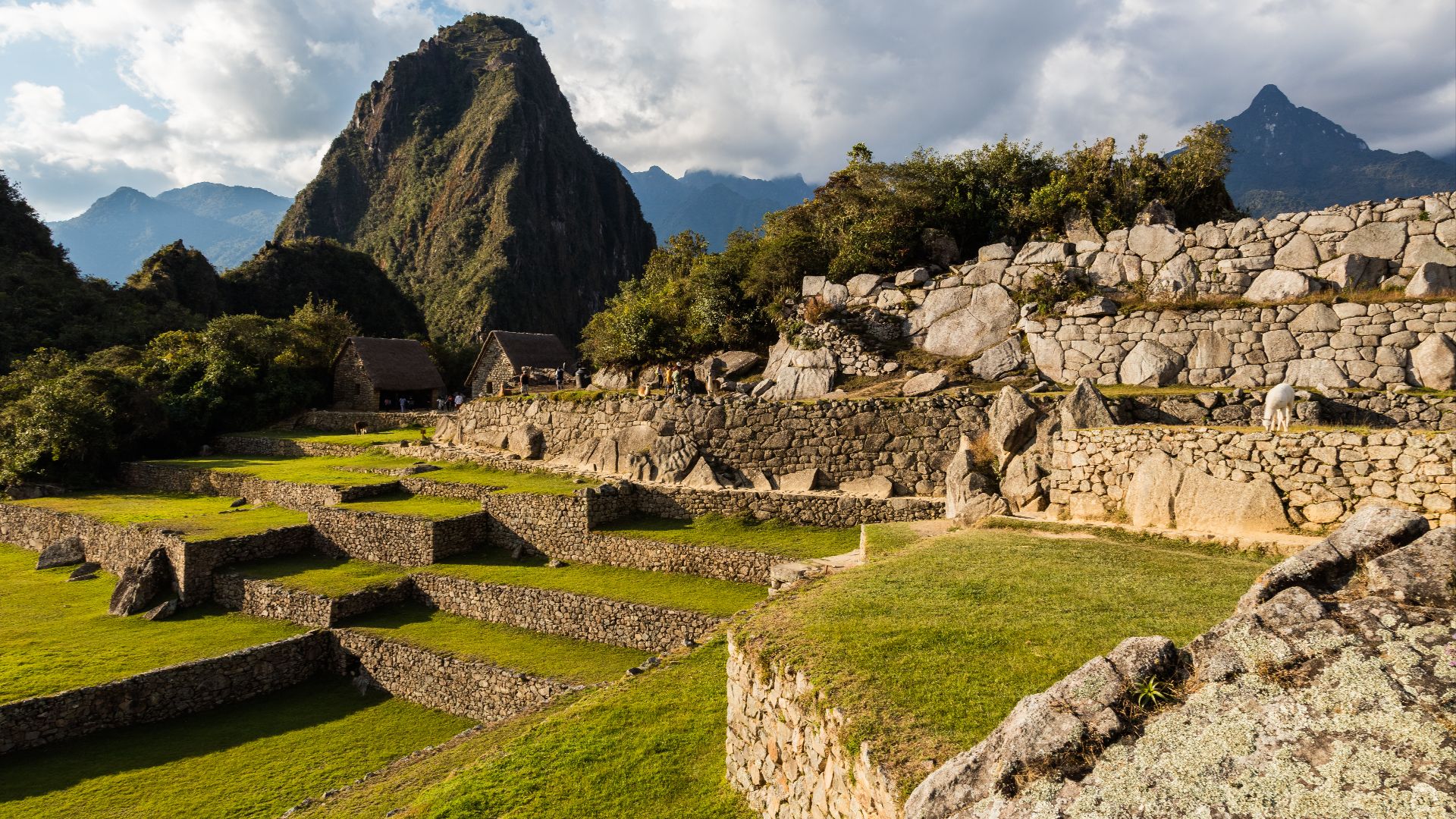 Diego Delso, Wikimedia Commons
Diego Delso, Wikimedia Commons
Evidence for Inca Resettlement Policies
The results are in line with written accounts of mitmaqkuna, people resettled across the empire for labor or service. For example, an elite household staffed by subjects hired from many provinces would’ve been a microcosm of Machu Picchu, which implemented this practice on an imperial scale.
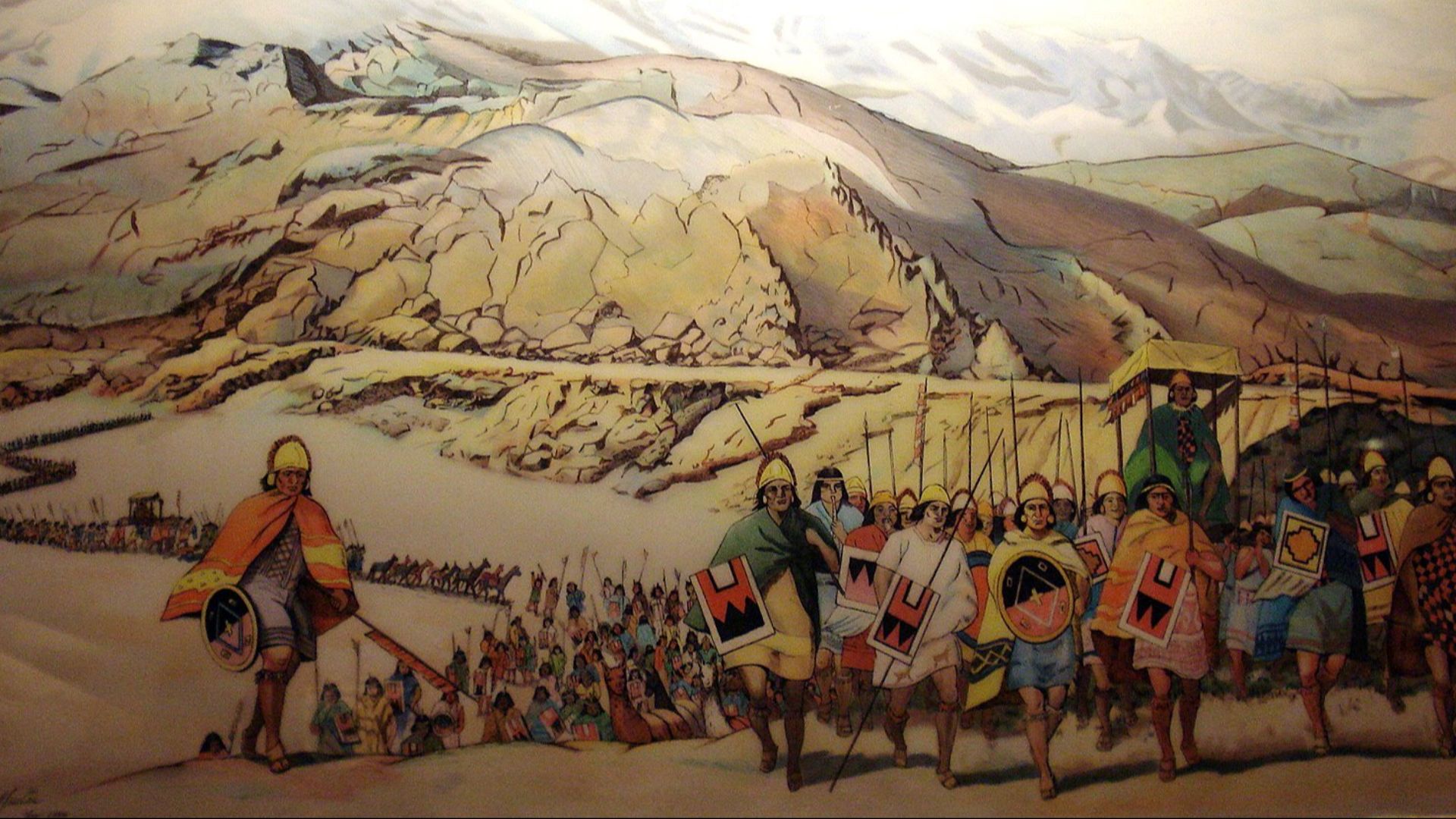 Miguel Vera León from Santiago, Chile, Wikimedia Commons
Miguel Vera León from Santiago, Chile, Wikimedia Commons
Challenging The Standard Timeline
The presence of genetic markers from distant regions suggests broader geographic integration at an earlier time than we once thought. This diversity implies that the Inca Empire’s reach was socially deeper and more adaptable than conventional timelines have shown.
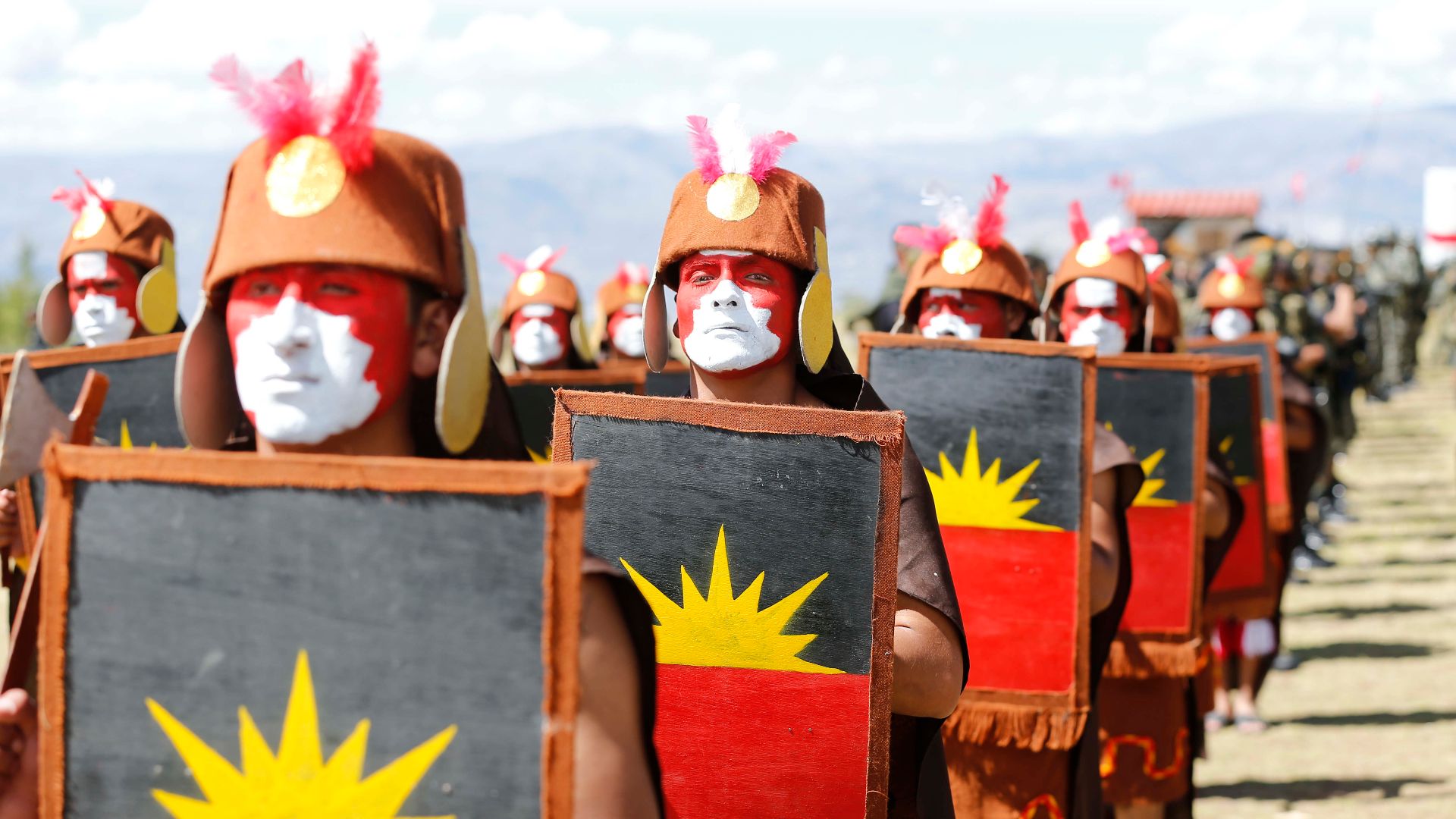 Galeria del Ministerio de Defensa del Perú, Wikimedia Commons
Galeria del Ministerio de Defensa del Perú, Wikimedia Commons
A Microcosm Of Empire
Machu Picchu appears as a microcosm of Inca governing practices, a wholly engineered society where ethnicity was subordinated under service and identity to the iron-fisted rule of Sapa Inca (the Emperor). The retainers were the living, breathing personification of the empire’s cosmopolitan model in miniature.
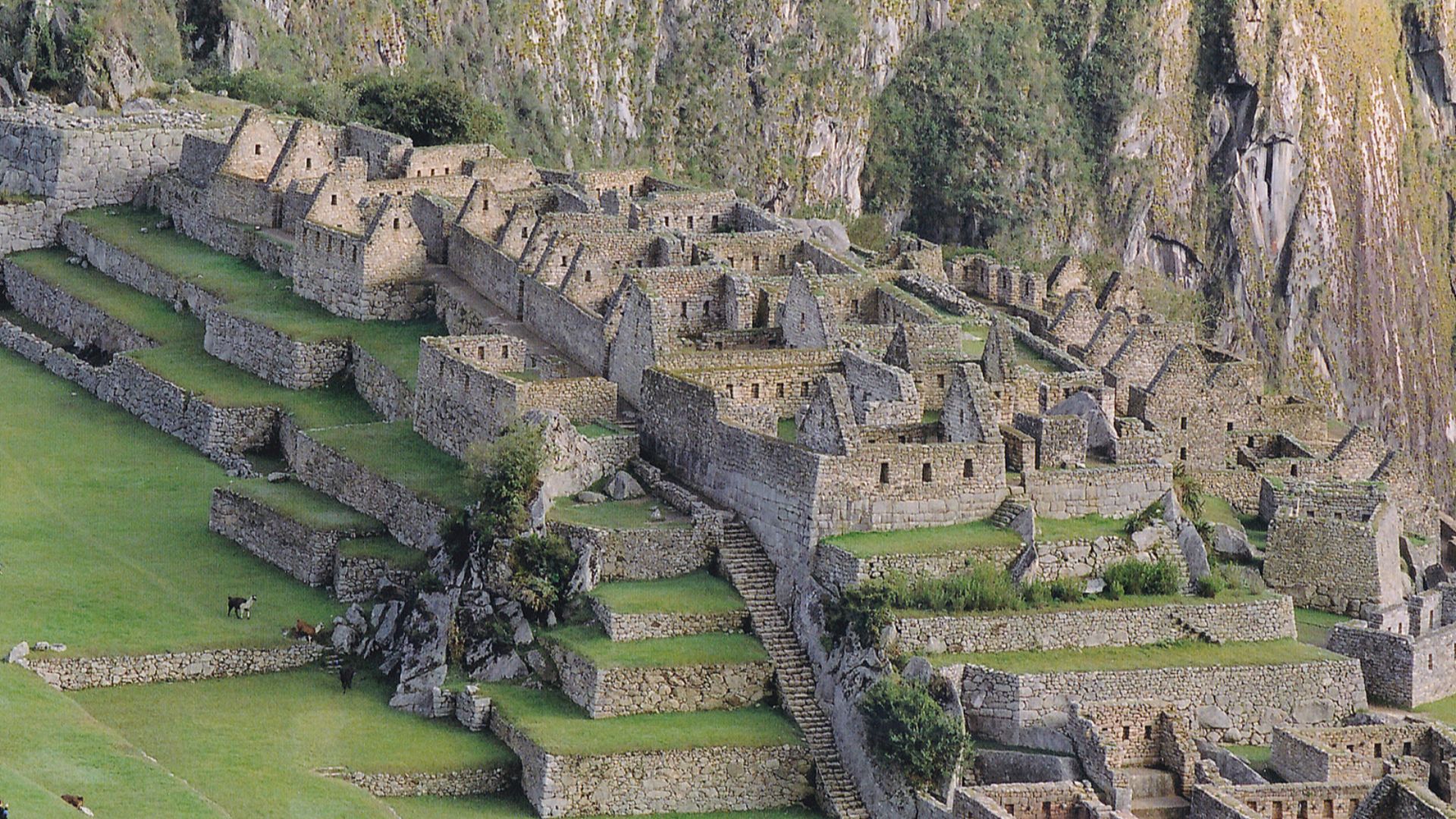 Peter van der Sluijs, Wikimedia Commons
Peter van der Sluijs, Wikimedia Commons
Genomic Techniques and Challenges
The actual DNA itself was extracted from degraded teeth using advanced ancient-DNA methods. Researchers compared the sequences to modern and ancient genomes from across South America, creating the first genetic map ever made of Machu Picchu’s residents.
Comparative Insights From Cusco
DNA from 34 individuals buried near the nearby Inca city of Cusco provided a working baseline for comparison. The Machu Picchu individuals proved to be more genetically diverse, underscoring the capital’s use of peripheral labor from throughout the empire.
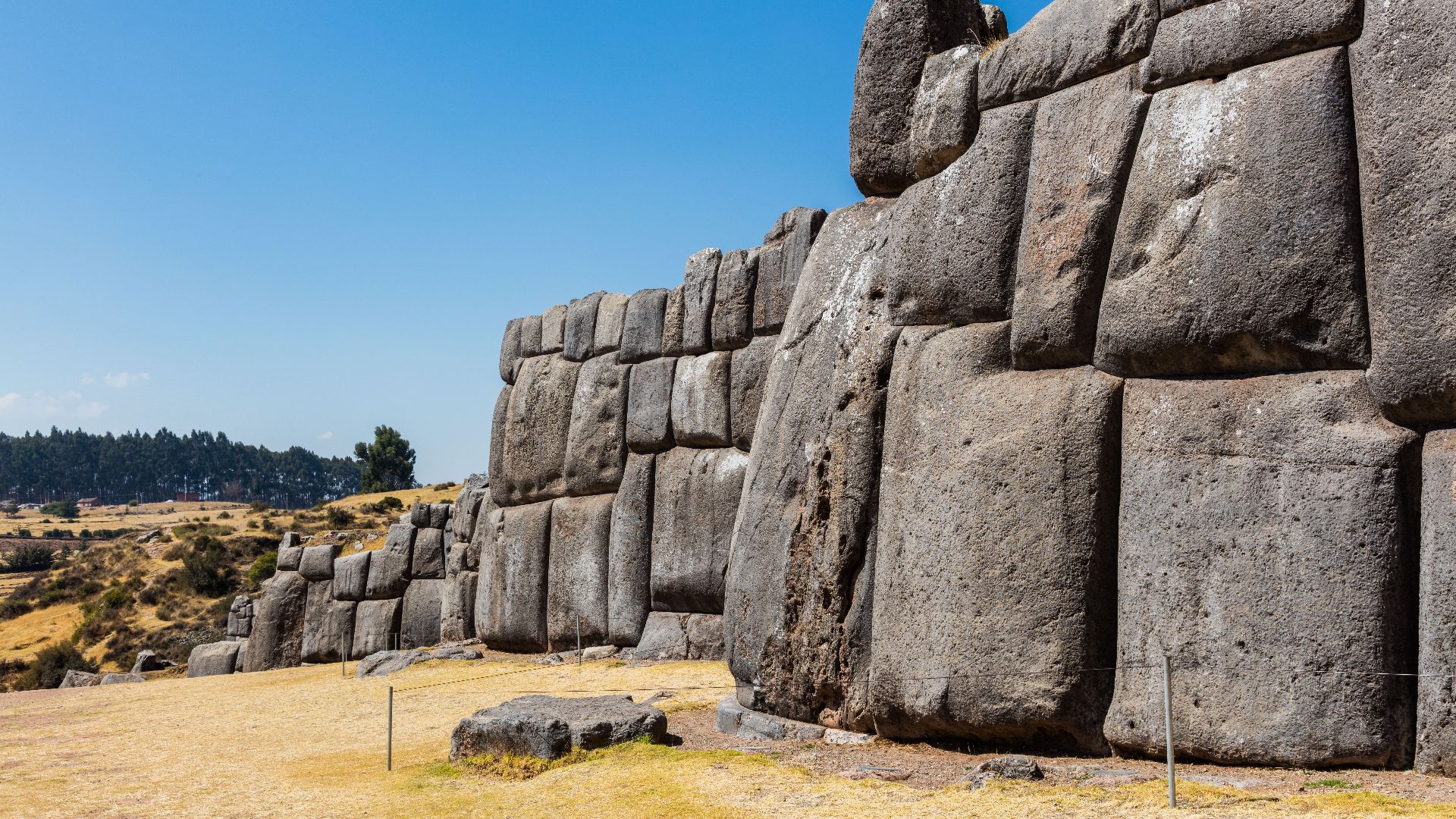 Diego Delso, Wikimedia Commons
Diego Delso, Wikimedia Commons
Ethnicity Versus Role and Status
At Machu Picchu, identity was shaped by labor and allegiance more than blood ancestry. The diversity found among the 34 retainers shows how Inca rule redefined belonging through imperial service rather than generational transfer.
 Manfredwinslow, Wikimedia Commons
Manfredwinslow, Wikimedia Commons
Architecture Reflects Integration
The architectural and urban harmony of Machu Picchu likely reflected its social harmony. Laborers from far-flung provinces of the empire contributed to building a city unified by purpose, not ethnic heritage.
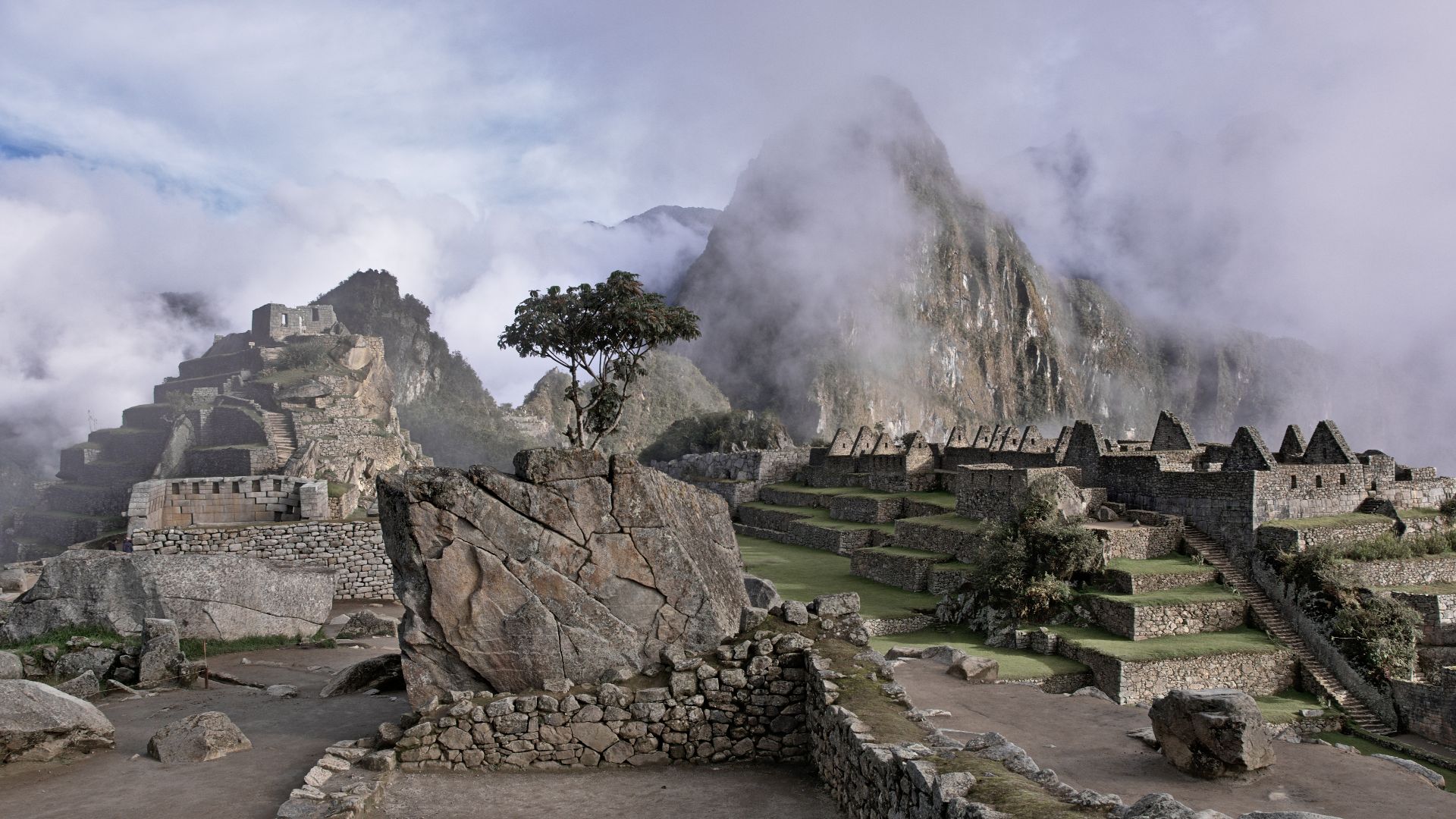 Tomas Sobek tomas_nz, Wikimedia Commons
Tomas Sobek tomas_nz, Wikimedia Commons
Mobility As an Imperial Strategy
Human mobility appears to have been a deliberate political tool. By redistributing skilled workers, the Incas maintained control, disseminated culture, and forged loyalty, ensuring unity across diverse lands and peoples.
Labor, Duty, And Power
These retainers probably served in domestic, agricultural, and religious roles. Their lives and burial reflect the ways in which Inca authority was administered through structured, lifelong service rather than brutal enslavement.
Ethics and Repatriation
The genetic study was carried out with Peru’s cooperation, and the country’s commitment to ethical stewardship. The remains form part of the Yale–Peru repatriation agreement, balancing scientific insight with respect for the country’s ancient heritage.
Future Genetic Research
Further genomic analysis could still reveal more about how these retainers adapted to altitude, diet, and environment. Larger sample sizes could eventually give us the ability to trace population movements within the broader Andean world.
A New Layer Of History
This study combines archaeology and genomics, transforming Machu Picchu from a symbol of ancient mystery into a living record of mobility, people, and empire. DNA analysis is a source offering direct testimony from the people themselves.
Humanizing the Inca World
Genetic data transforms abstract history into personal stories. Each Machu Picchu individual represents a journey from distant homelands woven into the empire’s social fabric and preserved in its mountain sanctuary.
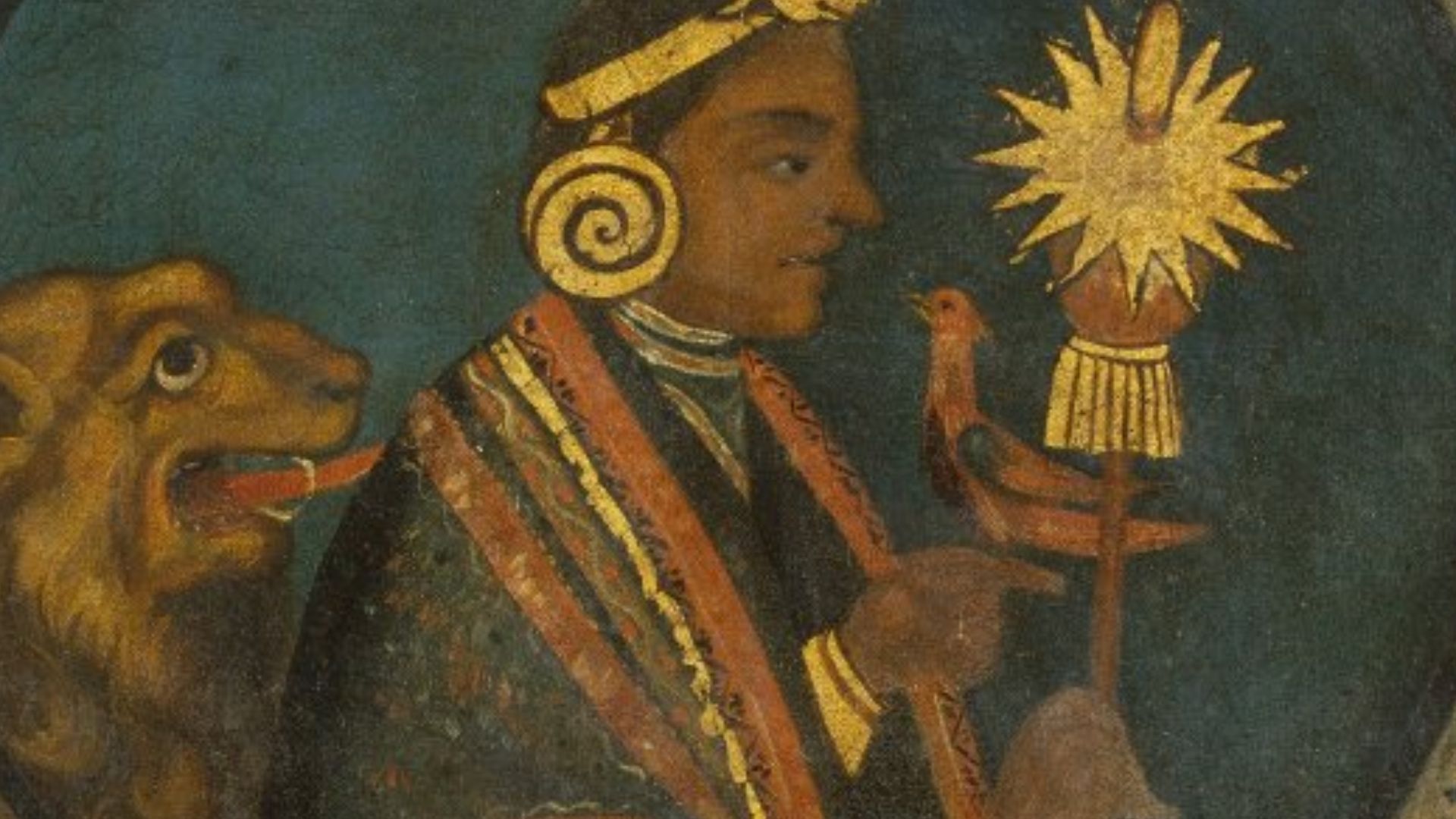 BrooklynMuseumBot, Wikimedia Commons
BrooklynMuseumBot, Wikimedia Commons
The Cosmopolitan Citadel
Machu Picchu’s residents were a diverse collective bound by service, not ancestry. Their DNA captures an empire’s ambition to unite peoples under one rule, proving that this Inca masterpiece was as multicultural as it was monumental.
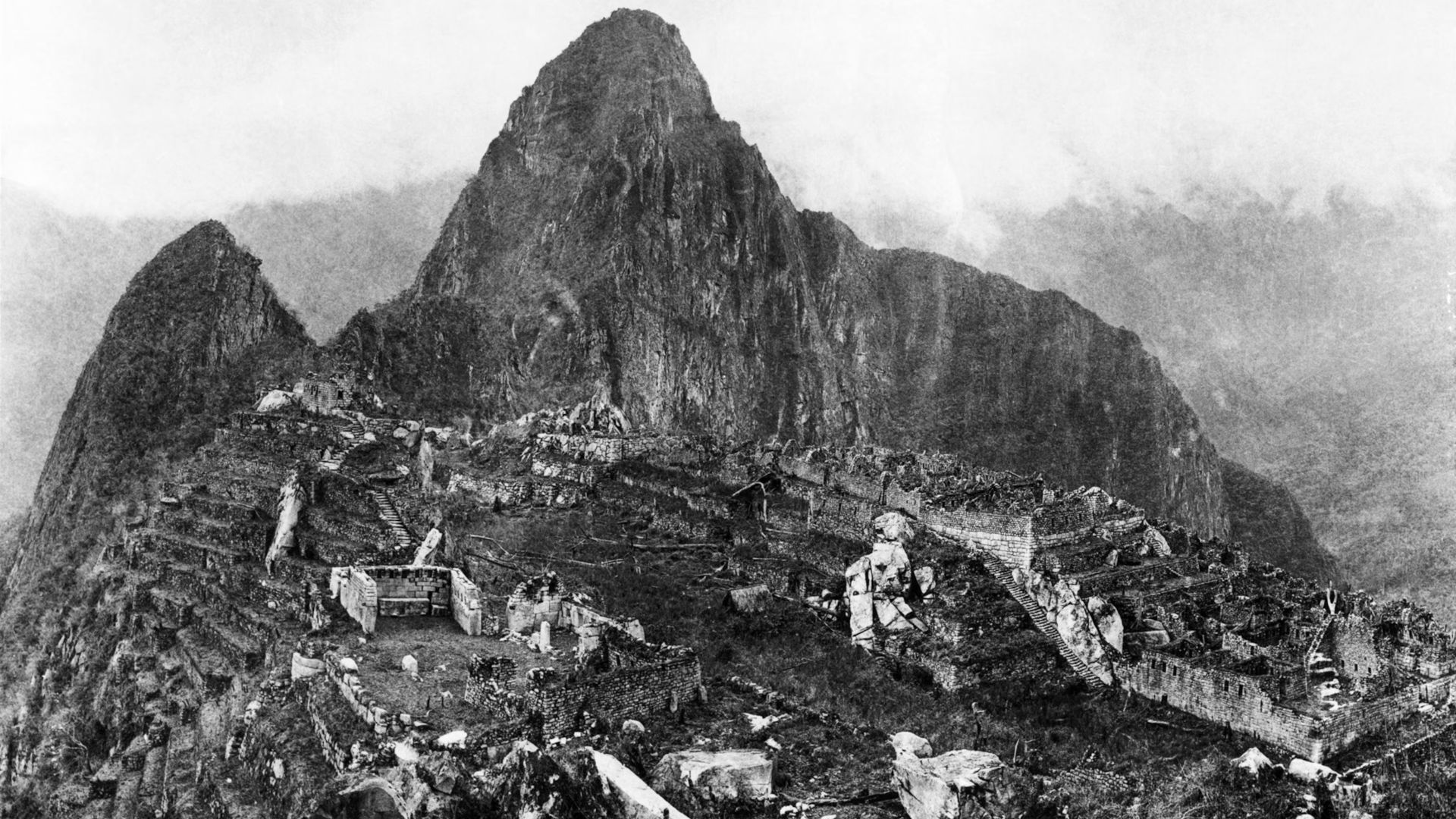 Hiram Bingham III, Wikimedia Commons
Hiram Bingham III, Wikimedia Commons
You May Also Like:
Machu Picchu Close To Being Stripped Of "World Wonder" Status

